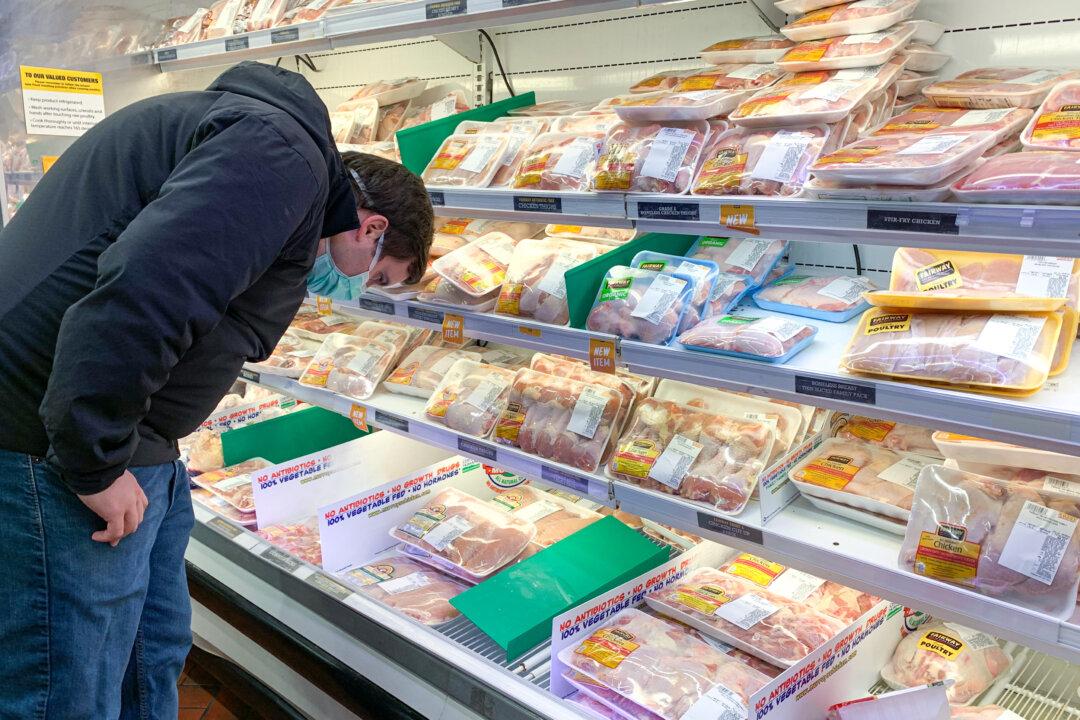Food prices across the United States have skyrocketed due to the effects of the CCP virus, as consumer stockpiling, panic buying, and supply chain difficulties have combined to produce the “largest monthly increase since February 1974,” according to a report from the U.S. Bureau of Labor Statistics (BLS).
Director of Food Policy at the Consumer Federation of America Thomas Gremillion told The Epoch Times that according to recent studies, more Americans than ever before are now forced to rely on food banks to feed their families. “This price rise will particularly affect low-income Americans, who were already struggling to put food on the table,” said Gremillion.





